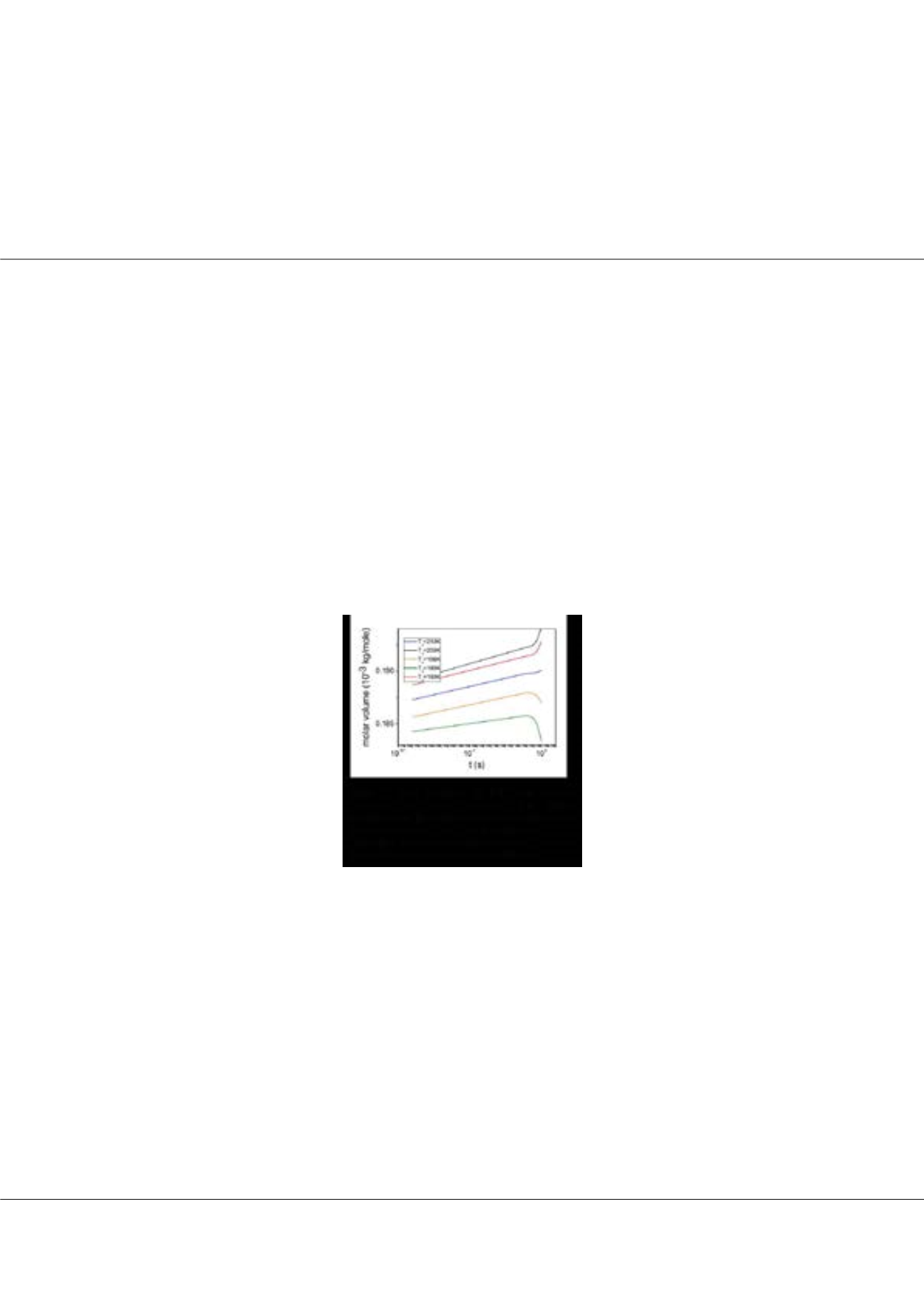

Page 56
Notes:
conferenceseries
.com
Volume 5, Issue 5
Res. Rev. J Mat. Sci. 2017
ISSN: 2321-6212
Advanced Materials 2017
September 07-08, 2017
September 07-08, 2017 | Edinburgh, Scotland
Advanced materials & Processing
11
th
International Conference on
Kovacs effect and the relation between glasses, supercooled liquids and crystals
Francesco Aliotta
CNR-IPCF, Italy
W
e revisit Kovacs’ effect, which concerns the way the volume of a glass-forming liquid, originally driven out of equilibrium,
changes with time while the system evolves towards a metastable state. The theoretical explanation of this phenomenon has
attracted a deep interest even in recent years, because of its relation with some subtle aspects of the still elusive nature of the glass
transition. In fact, even if there is a rather general consensus on the fact that what is experimentally observed on cooling is the
dramatic effect produced by the dynamical arrest of slower degrees of freedom over the experimental time scale, it is not at all obvious
whether this phenomenology can be justified by an underlying (possibly, high order) phase transition at a lower temperature. We
show how the phenomenon investigated by Kovacs can be explained in terms of the relaxation undergone by slow motions, on a time
scale comparable with the experimental time windows. The results from a simple model system, namely o-therphenyl, are compared
with indications from other glass formers, including water. The mechanisms underlaying the formation of crystals (dendrites) when
a supercooled liquid escape metastability are also explored within the adopted perspective. The ability of a simple out-of-equilibrium
approach in reproducing a wide class of phenomena related with the glass transition suggests the idea that the hypothesis of a
thermodynamic phase transition should be reconsidered in favor of alternative scenarios.
Biography
Francesco Aliotta has his main expertise in the field of Thermodynamics of irreversible processes. In particular he is involved in the investigation of the collective
processes emerging when a system is driven out of thermodynamic equilibrium condition. As a collateral activity he is involved in the development of instrumentation
for material investigation. As an example, he was the leader of the Italian team which designed and built the energy selective neutron tomography device now
installed at the IMAT beam line of ISIS (STFC, UK) and officially inaugurated on October 10, 2016. Actually he take the position of Research Director at IPCF-CNR,
Messina, Italy.
aliotta@ipcf.cnr.itFrancesco Aliotta, Res. Rev. J Mat. Sci. 2017, 5:5
DOI: 10.4172/2321-6212-C1-005
















